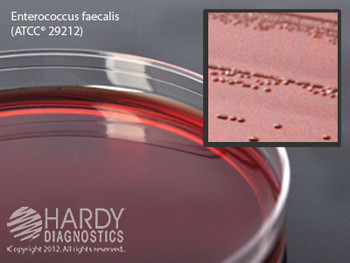Description
Amantadine hydrochloride
Synonym: 1-Adamantanamine hydrochloride, 1-Adamantylamine hydrochloride, 1-Aminoadamantane hydrochloride, NSC 83653, Tricyclo[3.3.1.13,7]decan-1-amine hydrochloride
-
CAS Number 665-66-7
-
Empirical Formula (Hill Notation) C10H17N · HCl
-
Molecular Weight 187.71
-
Beilstein/REAXYS Number 4198854
-
EC Number 211-560-2
-
MDL number MFCD00074723
-
PubChem Substance ID 24277882
-
NACRES NA.77
Properties
| Related Categories | A-AM, Approved Therapeutics/Drug Candidates, Bioactive Small Molecule Alphabetical Index, Bioactive Small Molecules, Cell Biology, Cell Signaling and Neuroscience, Dopaminergics, Endo, Neuroscience, Neurotransmission, Neurotransmitters, Other Dopaminergics |
| Quality Level | 100 |
| solubility | H2O: 50 mg/mL |
| - | ethanol: soluble |
| originator | Endo |
| SMILES string | Cl[H].[H][C@@]12C[C@@]3([H])C[C@@]([H])(C1)CC(N)(C2)C3 |
| InChI | 1S/C10H17N.ClH/c11-10-4-7-1-8(5-10)3-9(2-7)6-10;/h7-9H,1-6,11H2;1H/t7-,8+,9-,10-; |
| InChI key | WOLHOYHSEKDWQH-SOVZANNPSA-N |
General description
Amantadine hydrochloride {tricyclo-[3,3,1,1]- deean-l-amine hydrochloride is a drug, which has rimantadine hydrochloride as its analog.[1]
Application
Amantadine hydrochloride has been used:
• to determine its effectiveness in reducing surgery-induced cognitive impairment[3]
• to preincubate multipotent stem cells (MSCs), to investigate the cellular internalization pathway[4]
• to determine whether amantadine-attenuated sepsis-induces neuroinflammation and dysfunction of learning and memory[5]
• to preincubate primary cultured rat dental pulp stem cells (rDPSCs)
• to determine the pathway of internalization[6]
Packaging
5, 25, 100 g in poly bottle
Biochem/physiol Actions
Amantadine hydrochloride is effective against influenza viruses both in vivo and in vitro.[1] It is considered as an antagonist of the N-methyl-D-aspartate (NMDA) type glutamate receptor. Amantadine plays an important role in the release of dopamine, preventing dopamine reuptake and blocking microglial activation and neuroinflammation.[2]
Dopamine releaser used to treat Parkinsonism and drug-induced extrapyramidal reactions.
Features and Benefits
This compound is a featured product for ADME Tox research. Click here to discover more featured ADME Tox products. Learn more about bioactive small molecules for other areas of research at sigma.com/discover-bsm.
This compound is also offered as part of Sigma′s Library of Pharmacologically Active Compounds (LOPAC®1280), a biologically annotated collection of high-quality, ready-to-screen compounds. Click here to learn more.
This compound was developed by Endo. To browse the list of other pharma-developed compounds and Approved Drugs/Drug Candidates, click here.
Legal Information
LOPAC is a registered trademark of Sigma-Aldrich Co. LLC
Safety Information








